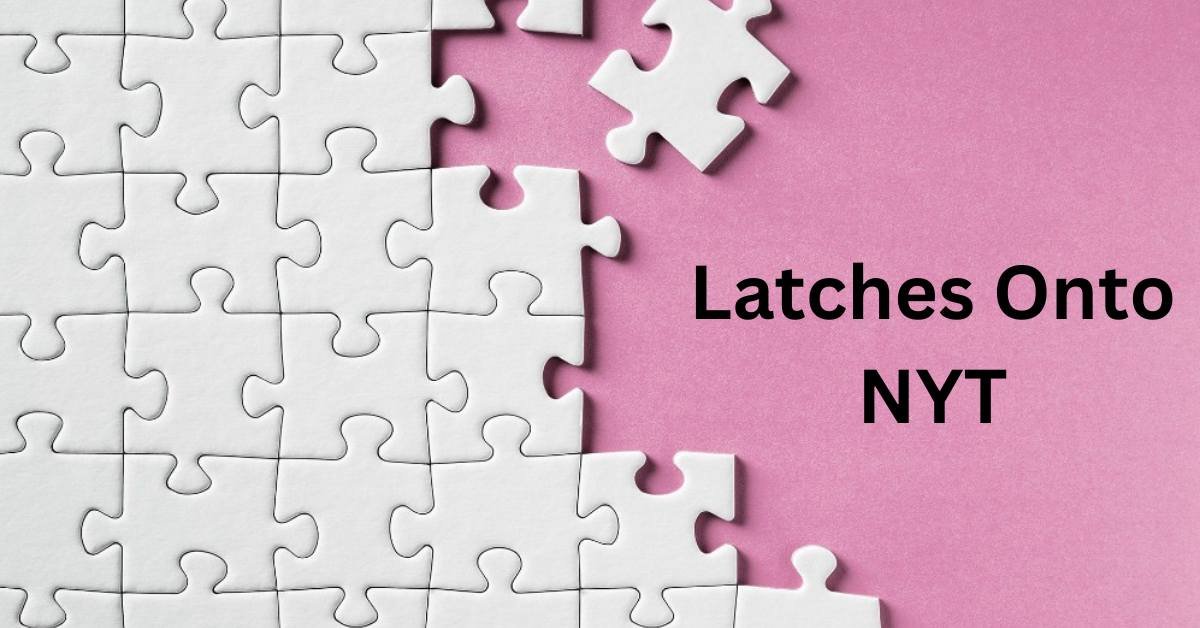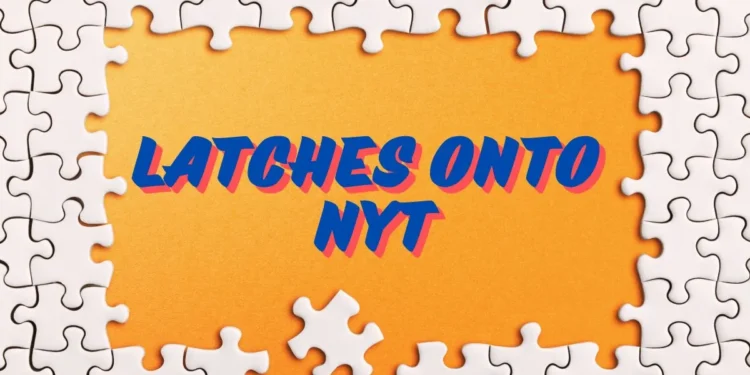Latches onto NYT” is a phrase that captures how people, events, or topics gain attention through association with The New York Times. In this article, we’ll explore why this phrase matters, its impact on readers, and how it shapes discussions around news and media.
What is “Latches Onto NYT”?
The phrase “Latches onto NYT” refers to the way topics, people, or ideas can gain significant attention when connected to The New York Times. Since The New York Times (NYT) is one of the most widely read and respected news outlets in the United States, any association with it can attract readers’ curiosity. Whether it’s a trending story, a significant figure, or a groundbreaking report, being “latched onto” by NYT means gaining instant relevance and visibility.
Many readers interpret this phrase as a reflection of NYT’s power to shape public opinion, signal importance, and establish credibility. For some, it suggests that if a topic appears in The New York Times, it’s worthy of attention.
Why People Are Talking About It
People discuss “latches onto NYT” because the phrase reflects how a topic or individual can enter the public consciousness through NYT’s influence. When a topic “latches onto” the NYT, it often indicates that it has achieved a level of significance. It can also mean that people are paying attention because they trust NYT’s reporting.
How It Relates to the News
The New York Times has a reputation for thorough reporting, often covering stories that might be overlooked by other outlets. When a topic latches onto the NYT, it typically gains credibility and reaches a wider audience. For readers, this means that certain topics—whether political, social, or economic—are likely to have undergone a high level of scrutiny, making them newsworthy.

Is It Important?
Yes, because when a topic is highlighted by NYT, it often becomes part of the national or even global conversation. People tend to see topics covered by NYT as more legitimate or deserving of attention.
What Readers Should Know
Readers should recognize that NYT does not cover every topic. When something “latches onto” NYT, it is often due to its relevance or impact on society.
Where It’s Commonly Used
This phrase is commonly used in media circles, discussions around popular topics, or even among influencers who highlight the significance of NYT’s coverage.
Who Uses This Phrase Most?
The phrase “latches onto NYT” is often used by media analysts, journalists, and those closely following current events. Public relations specialists, marketers, and social commentators also use this term to indicate the influence of NYT coverage on public interest. For example, if a celebrity’s story latches onto NYT, it can signal a serious turn in public perception.
Examples of “Latches Onto NYT” in Everyday Life
Here are some examples:
- Social Movements: Many social movements have gained traction after being covered by The New York Times. When these movements “latch onto NYT,” they often gain more followers and visibility.
- Celebrity Interviews: If a celebrity’s personal story is featured in NYT, it tends to influence how the public perceives them.
Understanding the Impact
The impact of “latching onto NYT” is significant in today’s media landscape. Being associated with NYT can influence public opinion, raise awareness, and even shape political or cultural conversations.

How it Affects Readers
When readers see a topic featured in NYT, they’re more likely to consider it important. This influence affects how people discuss news and how they form opinions on issues.
What Makes It Memorable
This phrase resonates because it captures the prestige of NYT as a gatekeeper of important stories. People remember stories that “latch onto NYT” because of the platform’s reach and reputation.
The Phrase in Social Media
On platforms like Twitter and Facebook, people often refer to topics that “latch onto NYT” as those that have achieved noteworthy status.
What Could “Latches Onto NYT” Mean for the Future?
As digital media continues to grow, phrases like “latches onto NYT” might become even more significant. NYT’s role in shaping narratives and highlighting critical issues may expand, especially as more people seek reliable sources in an age of misinformation. Topics that “latch onto NYT” will likely continue to shape public dialogue and influence readers globally.
The Bottom Line
“Latches onto NYT” is more than just a phrase; it reflects the profound influence The New York Times holds in public discourse. When topics, stories, or figures connect with NYT, they often gain credibility and enter a broader conversation. For readers, understanding the weight of this phrase can add perspective to how information flows and why certain stories matter.





